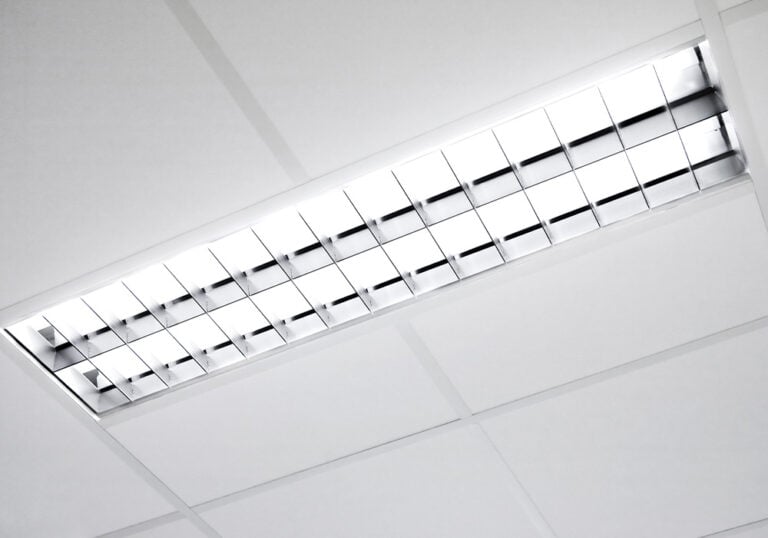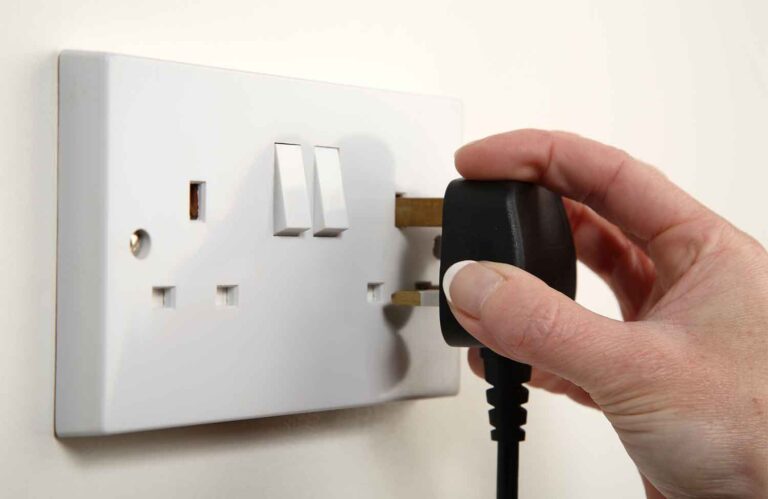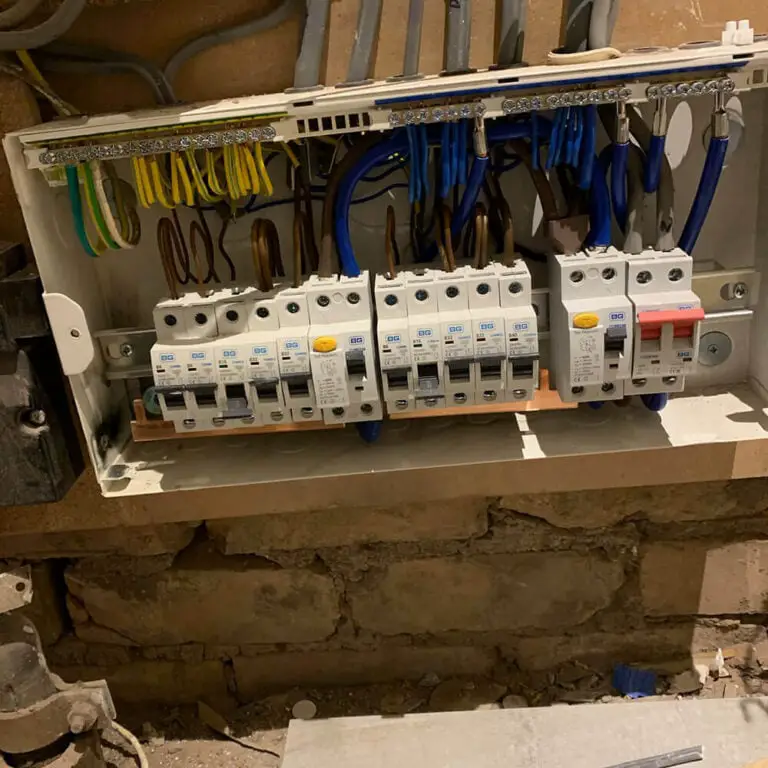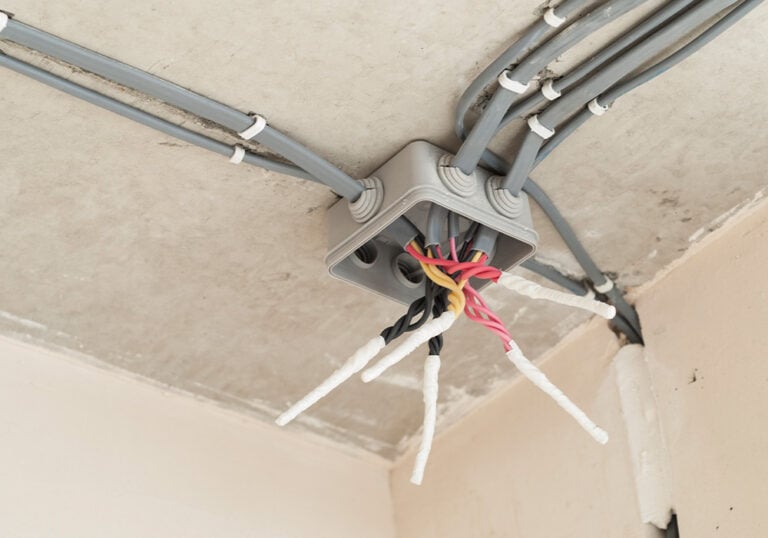Can A Dimmer Switch Cause A Breaker To Trip?
Dimmer switches are a popular choice among homeowners due to their energy-saving capabilities and ability to provide a warmer ambience in any living space. However, one concern among homeowners and electricians alike is whether a dimmer switch can cause a circuit breaker to trip.
Understanding the relationship between dimmer switches and circuit breakers is crucial to ensuring the safety and efficiency of your home’s electrical system. Breakers are designed to protect your electrical circuits from damage caused by excess current or electrical faults. Dimmer switches, on the other hand, regulate the voltage supplied to a light fixture, reducing energy consumption and light output.
While it might seem counterintuitive, it is indeed possible for a dimmer switch to cause a breaker to trip. This can occur when the dimmer is overloaded, has loose connections, or experiences a short circuit. Proper installation and maintenance of your dimmer switches can help prevent these issues and keep your breakers from tripping unexpectedly.
Key Takeaways
- Dimmer switches can cause breakers to trip under certain circumstances, such as overloading or loose connections.
- Good installation and maintenance practices can help prevent dimmer switch-related issues.
- Ensuring the compatibility of your dimmer switch and light fixture can contribute to a safe and efficient electrical system.
Understanding Circuit Breakers
Circuit breakers are crucial components in any electrical system, as they protect wiring circuits and ensure safety. They function as specialised switches that control and safeguard the flow of electricity to outlets, fixtures, and any other appliances in a building.
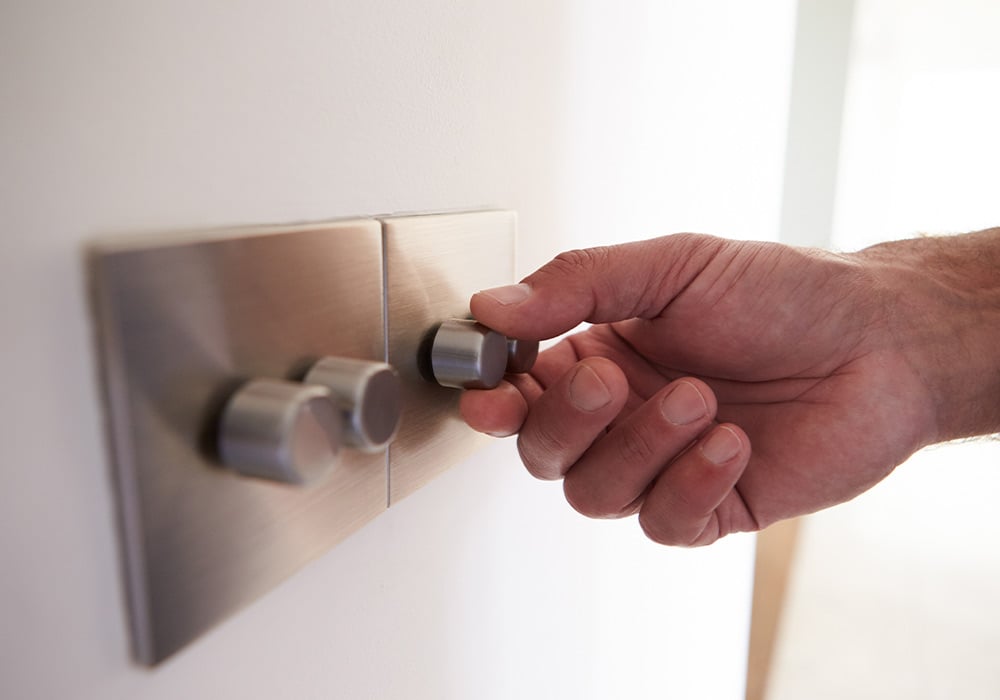
In essence, a circuit breaker is designed to automatically shut off the electrical flow when it detects a fault. There are typically three main reasons for a circuit breaker to trip in the UK:
- Overloaded circuits: An overloaded circuit is often the primary reason a circuit breaker trips. The cause is usually the combination of lights and appliances on the same circuit, drawing too much current. When this happens, the breaker will trip to prevent overheating and possible damage.
- Short circuits: A short circuit occurs when a hot wire comes into contact with a neutral wire or another hot wire. This situation creates a sudden surge of electrical current, producing excessive heat and potentially starting a fire. The circuit breaker trips to stop the flow of electricity and prevent further damage.
- Ground faults: Similar to short circuits, ground faults happen when a hot wire touches a grounded part of the system, such as a metal junction box. This scenario leads to a sudden increase in current flow, posing a fire risk. The circuit breaker will trip to halt the flow of electricity and avert disaster.
Now, regarding dimmer switches, they can indeed cause a breaker to trip. A faulty dimmer switch with a loose connection might arc and trip the breaker randomly. If the breaker trips instantly, the dimmer switch might be overloaded. It is essential to troubleshoot and address the issue to maintain safety and proper functioning within the electrical system.
The Role Of Dimmer Switches
Dimmer switches provide you with the ability to control the brightness of your lights, enhancing the ambience and energy efficiency of your space. These switches work by modifying the AC waveform, either at the leading or trailing edge. Although dimmer switches offer numerous advantages, they can sometimes cause problems, such as tripping breakers.
In some cases, a dimmer switch might cause a breaker to trip if it’s not correctly installed or rated for the type of lights you’re using. For instance, using a non-CFL-rated dimmer with dimmable CFL lights can result in an AFCI breaker tripping, especially if the dimmer isn’t set to full brightness.
Another potential issue could be a faulty dimmer switch mechanism or if the switch is delivering too much voltage for lower wattage bulbs. This might not only trip a breaker, but can also cause a buzzing noise or other disturbances. To avoid such problems, it’s crucial to choose the right type of dimmer switch for your specific lighting requirements and ensure correct installation.
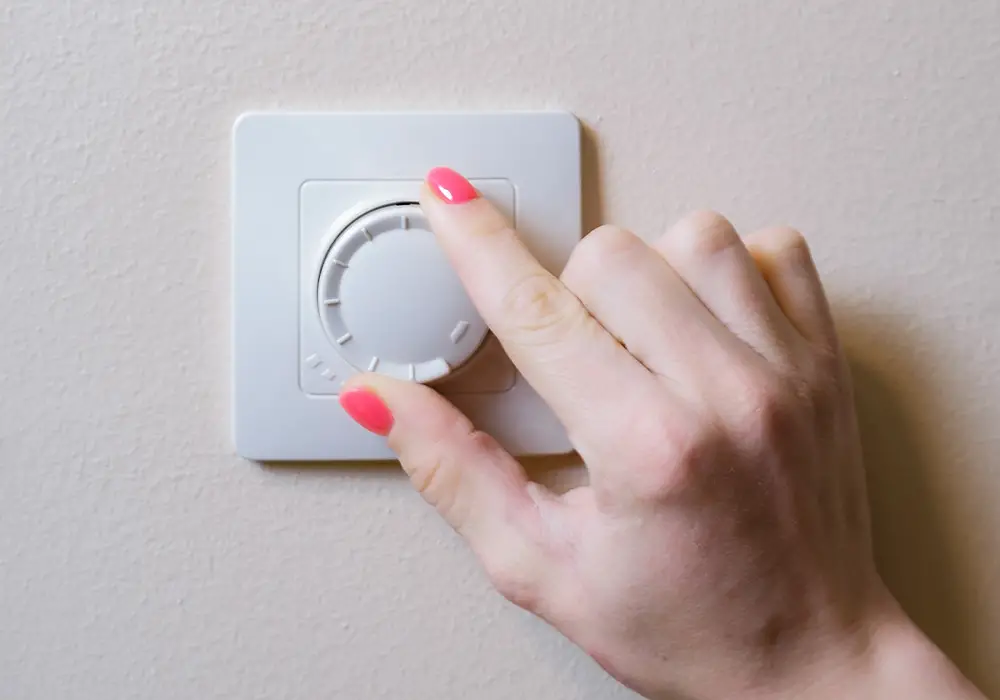
Remember that trailing-edge dimmers are more advanced than leading-edge dimmers. They operate differently and don’t suffer from the inherent disadvantages of the latter. Trailing-edge dimmers use Insulated-Gate Bipolar Transistors (IGBTs), which offer smoother control and are better suited for modern LED and other lighting types.
In summary, while dimmer switches offer enhanced lighting control, it’s important to select the appropriate type of switch and install it correctly to avoid issues like breaker trips and other inconveniences. Proper maintenance and regular checks can help ensure smooth and hassle-free operation.
Can Dimmer Switches Cause Breakers to Trip?
Yes, a dimmer switch can cause a breaker to trip, and there are a few reasons this might occur. One possibility is that the dimmer switch has a loose connection that creates an arc, resulting in the breaker tripping randomly. If the breaker trips instantly, it is likely that the dimmer switch is overloading the circuit.
Another scenario is that the dimmer switch itself is faulty, causing the breaker to trip. This can occur with older or low-quality dimmer switches that may not be compatible with the circuit or the connected light fixtures.
Frequent tripping of the breaker may also be caused by using the wrong type of light bulbs with the dimmer switch, such as non-dimmable LEDs or CFLs. It is essential to use dimmable bulbs with your dimmer switch to avoid issues with tripping breakers.
To identify whether a dimmer switch is causing the breaker to trip, you can try temporarily replacing the dimmer switch with a regular switch. If the breaker continues to trip, there may be other issues with the circuit that need further examination.
In conclusion, while dimmer switches can cause breakers to trip, there are solutions to fix the issue. Ensure you have the correct dimmable bulbs and check for loose connections or replace a faulty switch to prevent tripping breakers.
Common Reasons A Dimmer Switch Could Cause A Breaker To Trip
Overloaded Circuit
An overloaded circuit occurs when the electrical demand on a particular circuit is greater than its capacity. This can happen when you have too many appliances or light fixtures operating simultaneously. With a dimmer switch, the issue may arise if the wattage of the connected lighting exceeds the capacity of the dimmer switch. This excess demand can cause the circuit to overheat and trip the breaker. To prevent this, ensure that your dimmer switch is compatible with the wattage of your lighting system and avoid overloading the circuit by connecting too many devices.
Electrical Short Circuit
A short circuit happens when a live wire comes into contact with a neutral wire or ground, creating a direct path for electricity to flow. This can cause a sudden surge of current, which can lead to the breaker tripping. If a dimmer switch has any internal damage or loose connections, it can cause a short circuit and trip the breaker. To diagnose this issue, inspect your dimmer switch for any visible damage or signs of wear, and consider replacing it if you find any abnormalities.
Faulty Wiring
Faulty wiring within the dimmer switch or surrounding circuitry can lead to breaker tripping. This can occur due to loose connections, damaged wires, or improper installation. If you’ve recently replaced a dimmer switch and are experiencing breaker trips, it’s possible that an issue with the installation could be the cause. Check the wiring of the dimmer switch as well as the connected lighting and circuitry to ensure everything is properly connected and secure. If you’re unsure about the wiring or suspect that there might be an issue, it’s best to consult a professional electrician for assistance.
By addressing these common issues, you can minimise the chances of your dimmer switch causing a breaker to trip and maintain a safe and efficient electrical system in your home.
How to Prevent the Breaker from Tripping When Using Dimmer Switches
To avoid breaker tripping caused by dimmer switches, follow these tips:
- Choose the right dimmer switch for your light bulbs: Make sure the dimmer switch is compatible with the type and wattage of your light bulbs. Using incompatible dimmer switches can lead to poor performance or even breaker tripping.
- Proper installation: Ensure that the wiring connections between the dimmer switch and your electrical system are correct and secure. Loose or incorrect wiring connections can increase the risk of shorts, causing the breaker to trip. If you’re unsure about the installation, contact a qualified electrician to do the job.
- Check the electrical load: The maximum load capacity of the dimmer switch should not be exceeded. Overloading a dimmer switch can lead to overheating and breaker tripping. To avoid this, calculate the total wattage of your light bulbs and ensure it is within the dimmer switch’s rated capacity.
- Keep the dimmer switch cool: Make sure there is enough air circulation around the dimmer switch to prevent overheating. Overheating can cause the breaker to trip as it tries to protect the electrical system from damage. Avoid installing the dimmer switch in enclosed or poorly ventilated spaces.
- Inspect for faulty switches: If a particular dimmer switch consistently causes the breaker to trip, it may be faulty. Replace the switch with a new one and see if the problem persists. If the issue continues, consult an electrician to diagnose and fix any underlying problems.
By following these recommendations, you can safely use dimmer switches without causing the breaker to trip, ensuring a smooth and efficient lighting experience in your home.
Safety Measures When Dealing With Dimmer Switches and Breakers
When working with dimmer switches and breakers, it’s essential to take appropriate safety precautions to prevent any issues. This section will outline these safety measures, ensuring that you are well-equipped when dealing with dimmers and breakers.
- Turn off the power: Before you begin any work related to electrical components, make sure the power is off. Switch off the breaker or fuse that controls the electrical circuit you’ll be working on.
- Use a non-contact voltage tester: Even after turning off the power, it’s good practice to use a non-contact voltage tester to double-check there’s no voltage present in the wires you’ll be working with.
- Follow installation instructions: When installing or replacing a dimmer switch, closely follow the instructions provided by the manufacturer. This will ensure correct and safe installation while avoiding any potential issues with the breaker.
- Match dimmer type to light fixture: It’s important to use the appropriate type of dimmer switch for the light fixture it will be controlling. For example, if you’re working with LED lights, use a dimmer switch that’s designed specifically for LEDs. This will prevent the problem of “drop-out,” where the dimmer switch’s lowest voltage setting is lower than the voltage required to power the LEDs.
- Replace faulty components: If you notice any signs of a faulty dimmer switch, such as not dimming all the way down or emitting a loud buzzing sound, it’s important to replace it as soon as possible. Using a faulty dimmer switch can lead to potential problems like causing the breaker to trip.
By following these safety measures, you can ensure that you’re taking the necessary precautions when dealing with dimmer switches and breakers. Remember, always prioritize safety and work with caution when handling any electrical components.


